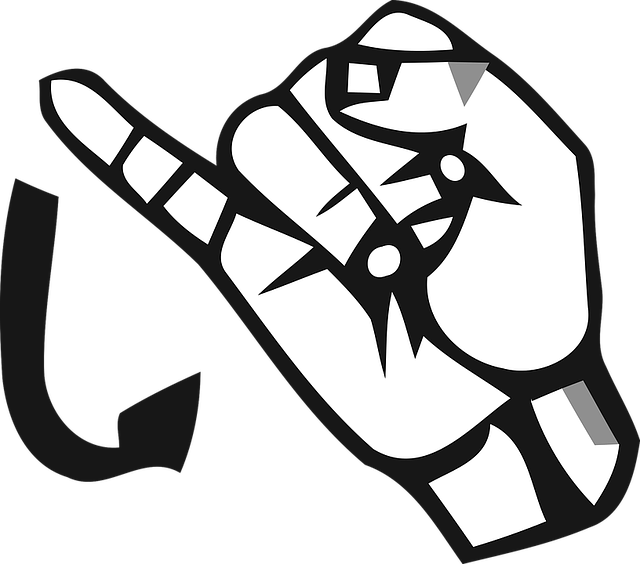AILSA CHANG, HOST:
In 2014, the Oxford English Dictionary, perhaps the most authoritative English dictionary, was compelled to add the word selfie to its pages. And, you know, just as new technology and culture are constantly pushing the English language to grow and evolve, the same thing is happening with American Sign Language, or ASL, as Amanda Morris wrote about recently in The New York Times. Morris is a child of deaf adults, or CODA for short. She’s an ASL user, and she conducted many of the interviews for her story in sign language. Amanda Morris joins us now. Welcome.
AMANDA MORRIS: Thank you so much for having me.
CHANG: Well, thank you for being with us. So, you know, unlike adding a new word such as selfie in a dictionary, your reporting reminds us about how new signs are evolving for existing words. Like, let’s take the example for the word telephone. Can you talk about that? – because it is so cool how that sign has evolved.
MORRIS: Yeah. It’s actually a really interesting sign because 100 years ago, the word for telephone in American Sign language looked like an old-fashioned telephone.
CHANG: Like a candlestick.
MORRIS: Yes. I was going to say, I don’t know if you’ve got one of these in your grandmother’s house or something. But you know the ones that you hold with one hand and then you put the receiver up to your ear with the other hand?
CHANG: Exactly.
MORRIS: So the sign exactly reflected that. So the old sign for telephone has you doing one fist below your chin and another fist next to your ear, actually showing you holding these different parts of the telephone. But then over time, the sign completely changed. Eventually, telephones became hand-held with a receiver. Picture the ones where you had a little dial, like a rotary phone, you know, and you would hold up their handle to your ear. And when you do that, your hand kind of makes this Y shape.
CHANG: Like a hang loose symbol, where your pinky is near your mouth and your thumb is near your ear.
MORRIS: Exactly. So that became the new sign for phone. But now we’ve got smartphones, and you definitely do not hold your smartphone that way. A lot of people hold their smartphones – you know, you kind of cup your hand around it, and you put it against your cheek. And that’s how a lot of younger deaf people sign it.
CHANG: Right. And now I’m wondering if the sign for a phone is going to evolve into, like, earbuds.
MORRIS: Yeah. Who knows? I mean, there’s even some deaf people who have talked about, well, you know, why are we holding up the cellphone to our cheek? We don’t even use cellphones that way. Why don’t we have …….
Source: https://www.wcbe.org/2022-08-04/how-american-sign-language-is-evolving-with-time
